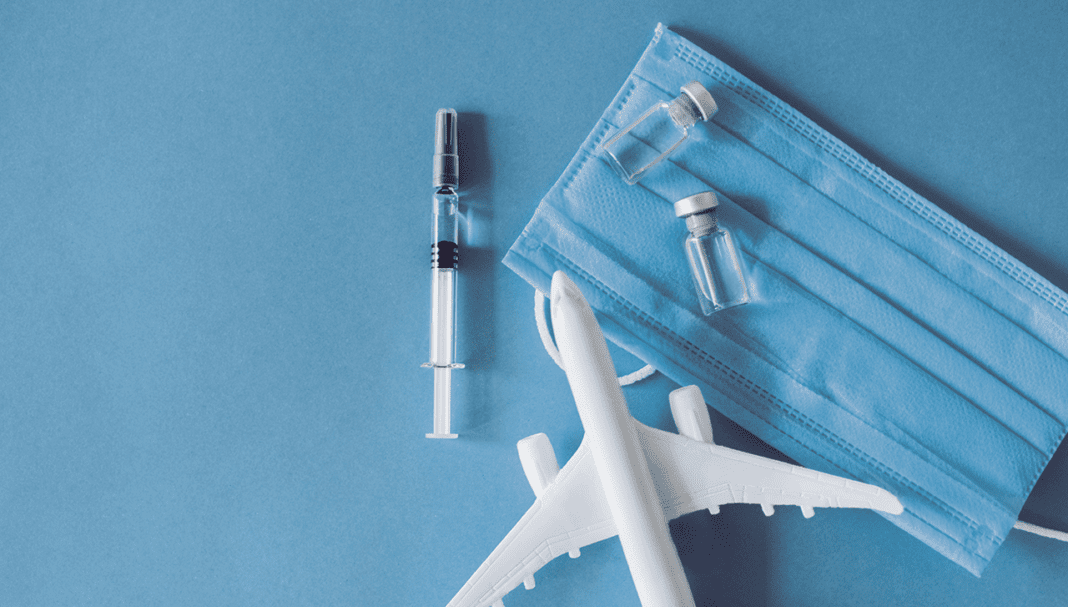Case scenario

Serena has her hands full with cosmetics, sunscreen, electrolytes and medicine for mild pain relief. She asks for help finding something for diarrhoea, stating that she and her friends are travelling to Thailand for her 40th birthday in a month. She also hands you a prescription for the parenteral monovalent typhoid vaccine and the combination hepatitis A/hepatitis B vaccine. She is unsure whether she really needs these vaccines, as she recalls having her childhood vaccinations and is up to date with influenza and COVID-19 vaccination. This will be the first time Serena has been out of Australia.
Learning objectivesAfter reading this article, pharmacists should be able to:
|
THIS IS A CPD ARTICLE. YOU NEED TO BE A PSA MEMBER AND LOGGED IN TO READ MORE.















